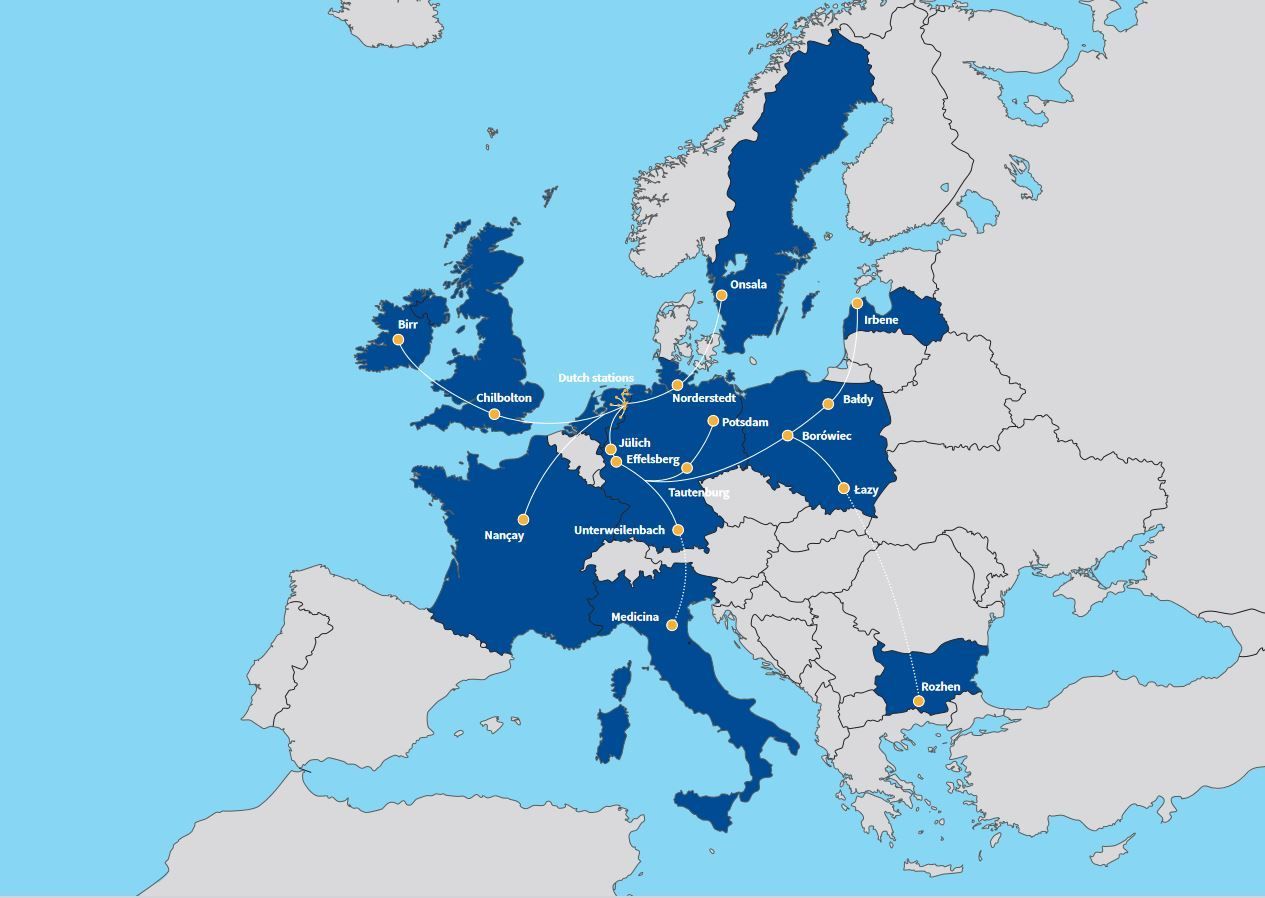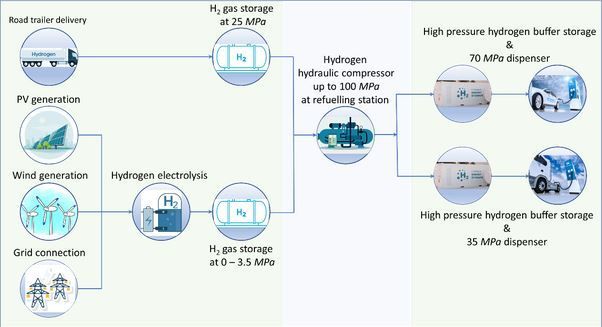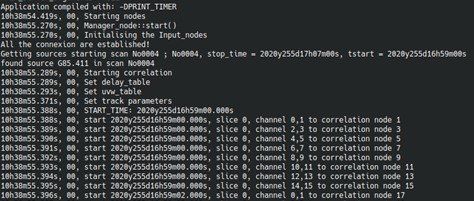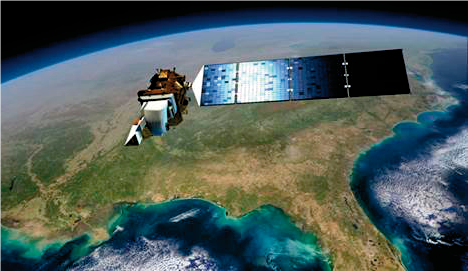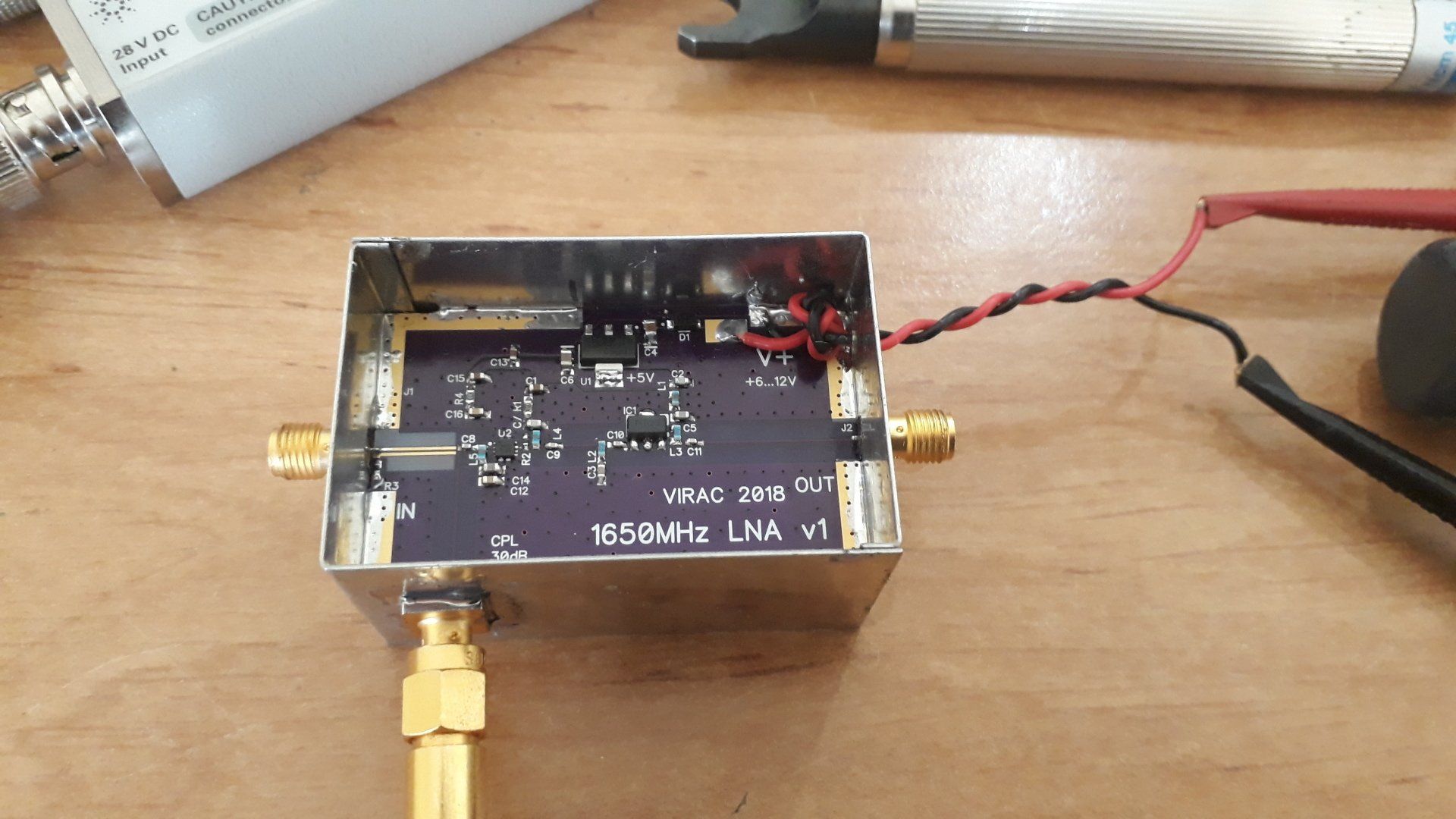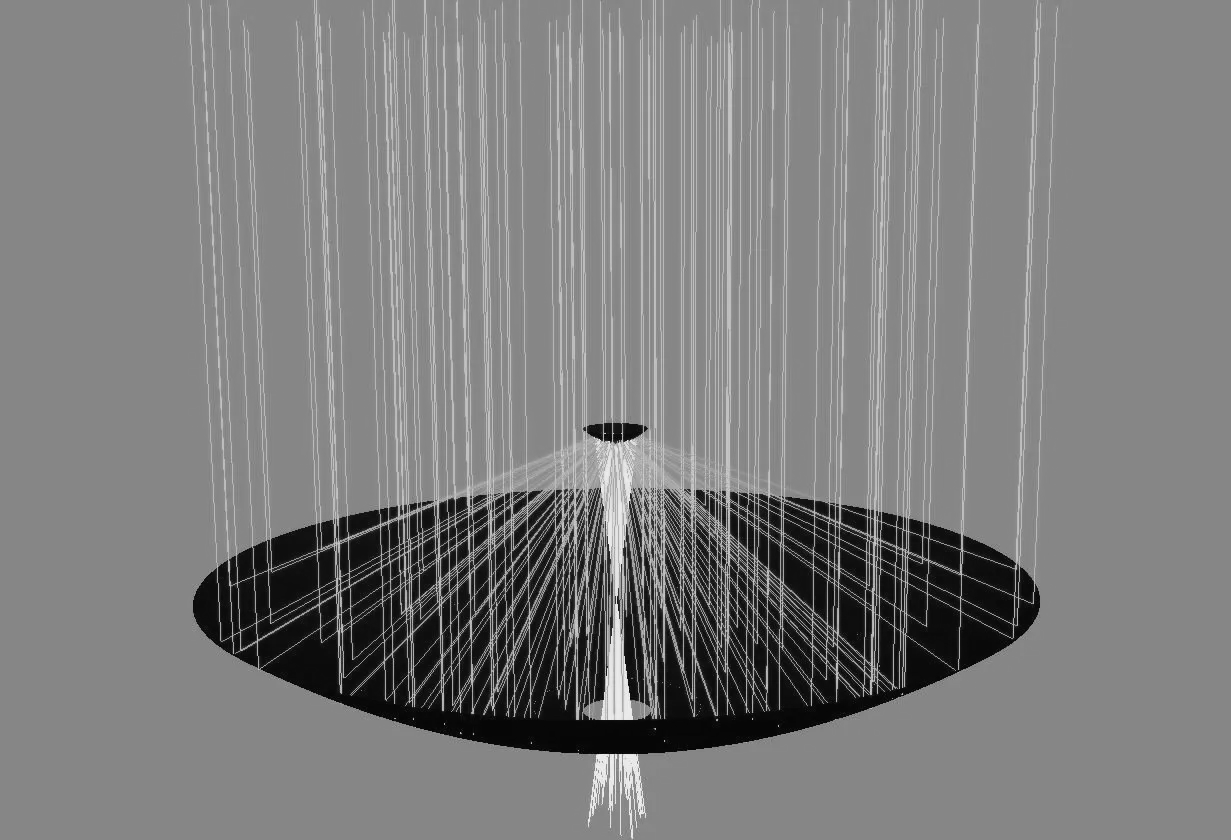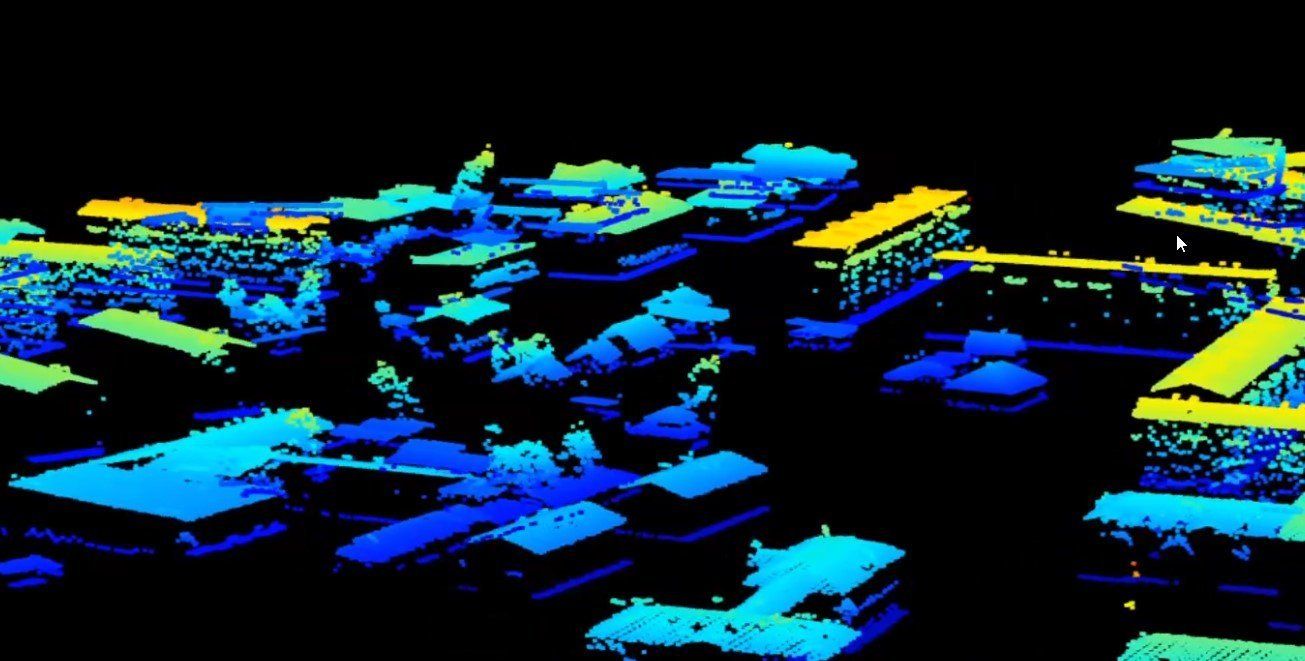This web page is created within BALTICS project funded from the European Union’s Horizon2020 Research and Innovation Programme under grant agreement No.692257.
Ventspils International
Radio Astronomy Centre
Aktualitātes

By Janis Gulbis
•
04 Nov, 2020
Radioastronomija ir fundamentālās zinātnes virziens, kas pēta tuvo un tālo kosmisko telpu. Daudzi kosmiskajā telpā notiekoši procesi rada elektromagnētisko starojumu, ko var fiksēt tikai ar lielām uztverošajām radio antenām. Kaut arī dažreiz kosmiskie objekti izstaro milzīgu enerģijas daudzumu, milzīgais starojuma izplatīšanās attālums, tā mijiedarbība ar dažādiem fizikāliem laukiem, kā arī Zemes atmosfēras esamība izraisa spēcīgu signālu vājināšanos. Tādējādi uztverto kosmoloģisko objektu signālu jauda bieži ir par vairākām kārtām vājāka, nekā uztverošo antenu tuvākajā apkārtnē esošo cilvēku darbības rezultātā radīto starojuma avotiem signāliem. Piemēra pēc varam aplūkot galaktisko māzeru emisijas reģistrāciju avotam MGJ0414 + 0543 no milzīga ūdens tvaiku mākoņa 11⋅10 9 ly = 10 23 km attālumā. Lai fiksētu tā signālu ar intensitāti aptuveni 2 mJy = -287 dB [Wm -2 ⋅Hz -1 ], bija nepieciešama 14 stundas ilga avota novērošana ar 100 m diametra radioteleskopu. Radioastronomijas observatorijās tiek izmantotas liela diametra antenas, kas bieži aprīkotas ar tuvu absolūtās nulles temperatūrām dzesējamiem maztrokšņojošiem pastiprinātājiem, piemēram, radioteleskopi RT-16 un RT-32 vai arī īpaši antenu lauki ar simtiem vai pat tūkstošiem mazāku antenu, piemēram, LOFAR-LATVIA HBA un LBA antenu lauki. Kombinācijā ar īpaši stabilu elektroniku, kas ļauj vairākas stundas uzkrāt ienākošo signālu, lai samazinātu faktisko trokšņu līmeni, iespējams iegūt milzīgu uztvērēju jutību, ļaujot īstenot Visuma vājo signālu uztveršanu. Turklāt pēdējās divās desmitgadēs ir izstrādāti daudzi dažāda tipa traucējošo radiostarojuma (RFI) avotu noteikšanas un to ietekmes mazināšanas paņēmieni, gan izmantojot aparatūras risinājumus (piemēram, supravadošo materiālu filtrus), gan reāllaika digitālo signālu apstrādi un konvolūciju neironu tīklus.
Announcements
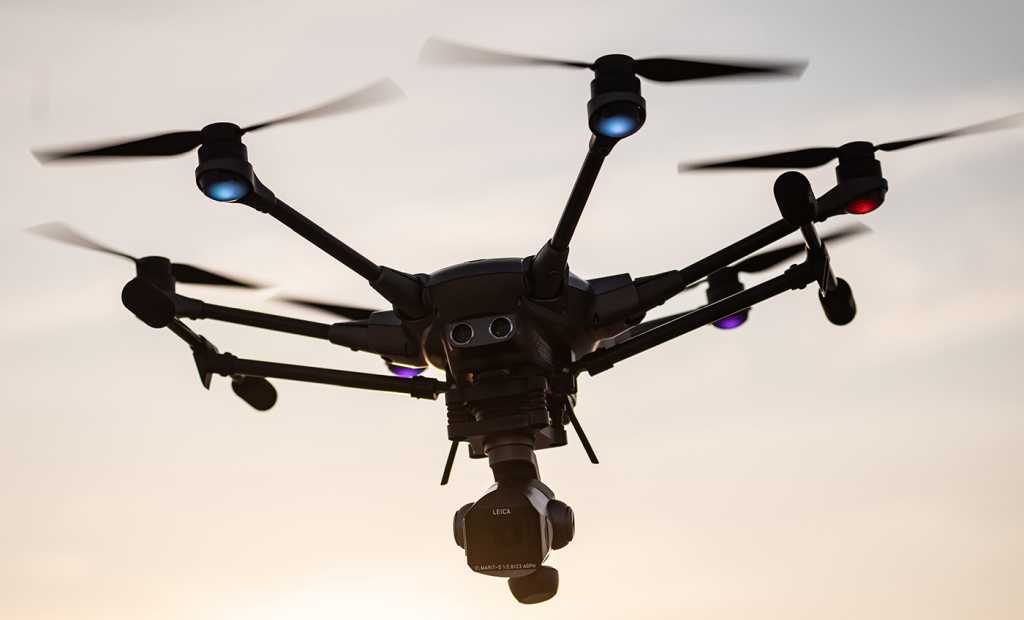
By Janis Gulbis
•
05 Mar, 2021
Flights of unmanned aircraft over VUAS ERI VIRAC infrastructure are allowed only with the written approval of VUAS ERI VIRAC director. To apply for an unmanned aircraft flight over VUAS ERI VIRAC infrastructure, it is necessary to fill in the form and send it to the e-mail address virac@venta.lv The application for a single flight (not exceeding 24 hours) must be submitted no later than five (5) working days before the scheduled flight. The application for multiple flights (exceeding 24 hours) must be submitted no later than one (1) month before the scheduled flight. The Director of VUAS ERI VIRAC reviews the flight application, evaluates the interests of VIRAC, consults with the Head of the Engineering & Technical Operations group, if necessary, contacts the Flight Applicant to clarify information or agree on additional conditions and makes a decision on flight coordination. Assign a VSRC employee to monitor the flight. The operator / pilot of an unmanned aerial vehicle must follow all instructions of the supervising engineer. The applicant will receive a coordinated flight application or information on the refusal of the approval to the e-mail address specified in the application. Download the form (Latvian) - here.

By Janis Gulbis
•
04 Nov, 2020
Radio astronomy is a fundamental science, which studies the near and far universe. Many cosmic phenomena produce electromagnetic radiation that can only be detected by large radio antennas, even though huge amounts of energy are sometimes emitted, due to strong attenuation of signals caused by immense distances to the astronomical objects. Therefore, the received power of signals emitted by cosmological objects is often many orders of magnitude weaker than that of artificial sources in the environment of a telescope. One illustrative example was the detection of the MASER emission from a cloud of water vapour at 11 10 9 lyr = 10 23 km distance from Earth. To receive the signal with strength of about 2 mJy = -287 dB[Wm -2 Hz -1 ] it required 14 hours of observation of the source MGJ0414+0543 with a 100-m radio telescope. Radio astronomical observatories utilize large aperture radio telescopes like RT-16 and RT-32 very often equipped with cryogenically cooled low-noise amplifiers or arrays with sometimes hundreds or thousands of smaller antennas like LOFAR-LATVIA HBA and LBA antenna fields. In combination with ultra-stable electronics, which allows to integrate the incoming signal for several hours in order to decrease the effective noise level, this leads to the enormous sensitivities necessary for detecting weak signals from the universe. Furthermore, a large variety of radio frequency interference (RFI) detection and mitigation techniques have been developed in the past two decades, from hardware-based solutions (e.g. superconducting filters) to real-time digital processing and convolutional neural networks.
News and Updates
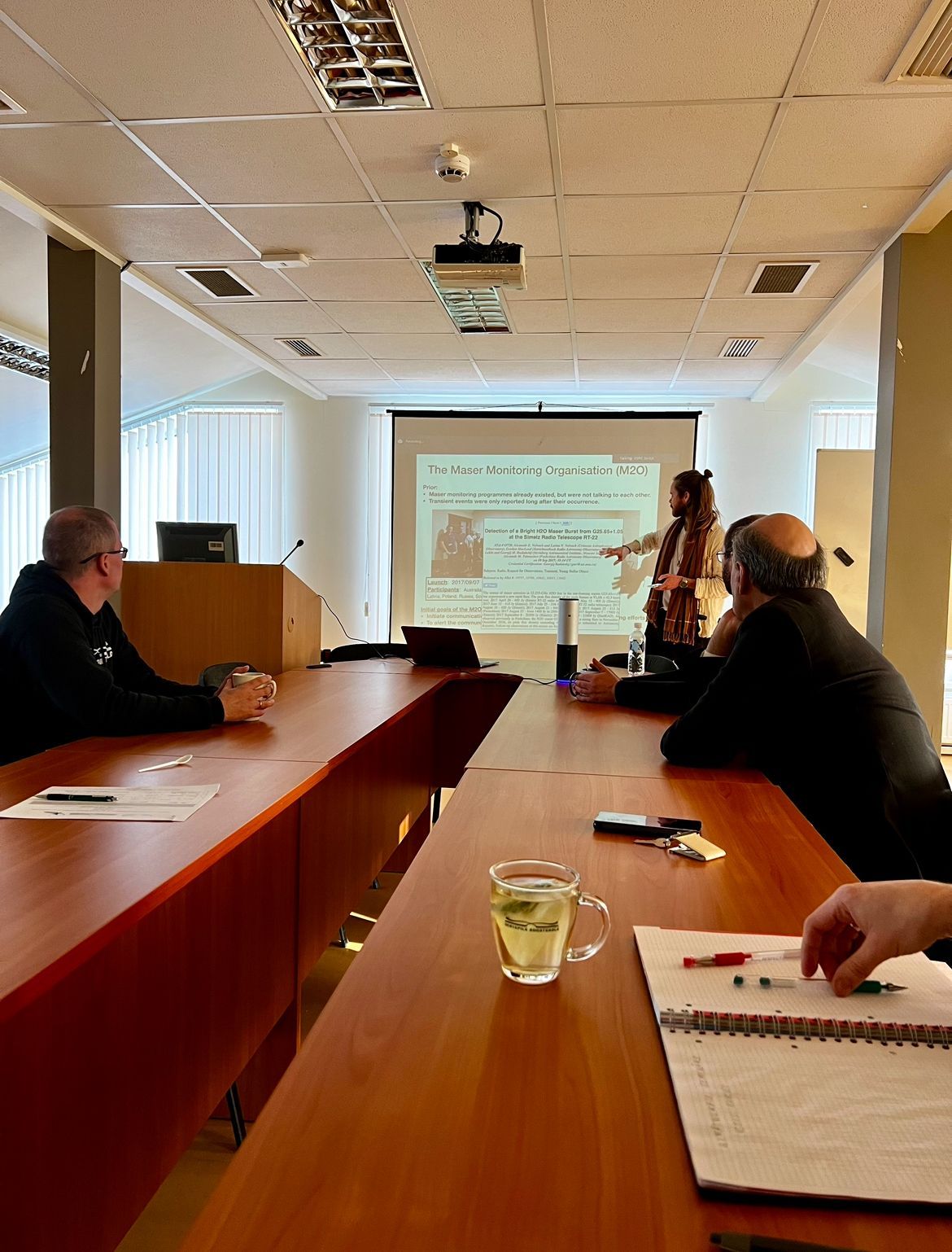
By Ruta Maltisova
•
09 Jan, 2024
At the beginning of this year, from January 5th to 8th, a seminar was held at Ventspils University of Applied Sciences as part of the Project lzp-2022/1-0083 "A single-baseline radio interferometer in a new age of transient astrophysics." During the seminar, the what was done during the first year were summarized, future work guidelines were established, and to introduce the broader community to the project's goals and tasks a lecture was given by the project's scientific leader, Dr. Ross Burns. For a more in-depth understanding of these goals and tasks, information can be found on the Ventspils International Radio Astronomy Centre website here . The main idea is to use an interferometer consisting of two radio telescopes a little more than half a kilometer apart, to bring the sensitivity of a system consisting of these telescopes closer to what is theoretically possible. This is achieved by eliminating random sources of noise, such as atmospheric effects, recorded separately in each telescope. As a result, the sensitivity of the system, comprising antennas with diameters of 32 m and 16 m, approaches that of the world's largest telescopes with diameters of 64 m and 100 m. The project aims to use this capability to observe the formation processes of massive stars (greater than 6 solar masses), involving radio bursts lasting only a few days. Since these objects need to be monitored at the same incidence, the world's largest radio telescopes cannot be used (as they are too busy with other tasks). However, small telescope systems, like the one established within the project, can can do it. The project also involves efforts to automate the observation process of cosmic radio sources and improve data processing. The benefits of the project include not only scientific publications but also an enhanced methodology for observing cosmic radio sources. It is worth noting that the revival of interferometric networks, consisting of several antennas, can make a significant contribution to space research, working with still current researches that are within their capabilities. The scientific leader of the project is Ross Burns, a globally recognized scientist whose research interests focus on the study in the radio frequency range of regions where new stars are forming. His current main workplace is the National Astronomical Observatory of Japan. To facilitate successful collaboration within the project, weekly remote project meetings take place, and regular communication is maintained through social media groups and online planning platforms. On January 5th, a project seminar meeting took place, allowing all participants to meet in person. The first part of the meeting took place at the Irben Radiotelescope complex, where R. Burns had the opportunity to familiarize himself with the Irben radiotelescopes and the technical work done within the project. In the second part of the day, the meeting continued at Ventspils University College, involving all project participants. During this time, the work done was thoroughly evaluated, including significant contributions to the development and improvement of data processing methodology and software. Future observation plans were specified, taking into account the need to consider future improvements to the telescopes and other ongoing radioastronomical research in Irbene. The discussion also covered the upcoming scientific publications within the project. By this summer, the project will reach its midpoint, and preparations for the associated scientific report were discussed. R. Burns and project participant researcher A. Aberfelds also shared their recent participation in the workshop in Yebes observatory (read more about it here ) and its significance in achieving the project's goals. On January 8th, a seminar meeting dedicated to the wider public was held, where R. Burns introduced the present and remotely connected guests with the research of massive new stars, what was done within the project and what still needs to be done. Special attention was given to the coordination of the so-called maser monitoring organization, which unites several radioastronomical observatories engaged in the study of cosmic masers, with Ross himself in the leadership team. After the lecture, project participants discussed various issues related to the project's progress and clarified future action plans. At the end of the day, R. Burns headed back to Japan. Activities were implemented within the framework of the Latvian Council of Science Fundamental and Applied Research Projects (FLPP) project "A single-baseline radio interferometer in a new age of transient astrophysics" (IVARS), No. lzp-2022/1-0083.
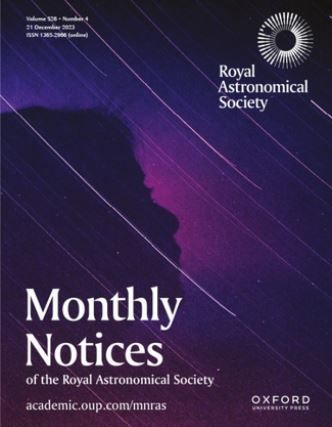
By Ruta Maltisova
•
15 Nov, 2023
Science is currently unable to fully explain the formation of stars with a mass exceeding 8 Suns. Optical observation of the birth of stars is very challenging, as these processes happen deep in the centre of dark nebulae. However, radio waves are able to see into the process of star formation. For observation, it is especially useful to use astrophysical masers (a maser is a laser that emits microwave radiation). 6,7 GHz methanol (methyl alcohol) masers are seen exclusively near massive stars in the process of forming. Methanol masers situated in 42 star-forming regions of massive stars have been regularly monitored by VIRAC researchers Artis Aberfelds, Jānis Šteinbergs, Ivars Šmelds, Ross A. Burns by using Irbene radio telescopes since spring 2017. These observations are one of the first and largest programmes of scientific observation done using the Irbene radio telescopes. In total, over 21 thousand observations have been collected in the span of 5 years. Changes in maser luminosity were aggregated into time series, in which powerful and chaotic changes in brightness can be seen. As an example, as is visible in Figure 1, where maser variations from one source are shown, the simultaneous variations in several components, which are opposite to the variations in another component. The brightness of some sources periodically changes, an example being G73, shown in Figure 2. The changes observed in every source are unique, but they can be classified using a whole (superposition) made of simple types of variability. The results we have acquired strongly support the hypothesis – the main cause of change in maser luminosity is changes in the radiation intensity caused by the formation of a massive new star. A long-term observation programme has shown the radio telescopes in Irbene to be capable tools. These results have been compiled and published in Monthly Notices of the Royal Astronomical Society, a highly prestigious journal. The article is available for free at: https://academic.oup.com/mnras/article/526/4/5699/7317700

By Ruta Maltisova
•
03 Nov, 2023
With this we declare that the 2023 tour season has successfully concluded! We have organized countless tours, welcomed guests from all around the globe, guided our guests in Latvian, Russian, and English, participated in various programmes and shows, as well as been interviewed by local and foreign journalists. We have also hosted dignitaries, fostering local and international cooperation in the space industry. We have given tours to students, and, hopefully, nurtured in them the interest in science and its unpredictable nature. We are thankful to everyone who visited us during the 2023 tour season. Until we meet again in April of 2024! To book a tour, send us an email to virac@venta.lv See you next year!
About VIRAC
VIRAC Departments
-
ERI VIRAC Remote Sensing portal of maps and 3D models of buildings
Button
Email: virac@venta.lv
Phone: +371 63629656
Excursion:+37129230818
Inzenieru street 101, Ventspils,
LV-3601
LATVIA
Thank you for your message.
We will contact you as soon as possible.
Sorry, an error has occurred.
The message could not be sent.
Please try again or send a message to virac@venta.lv by own e-mail adress.
